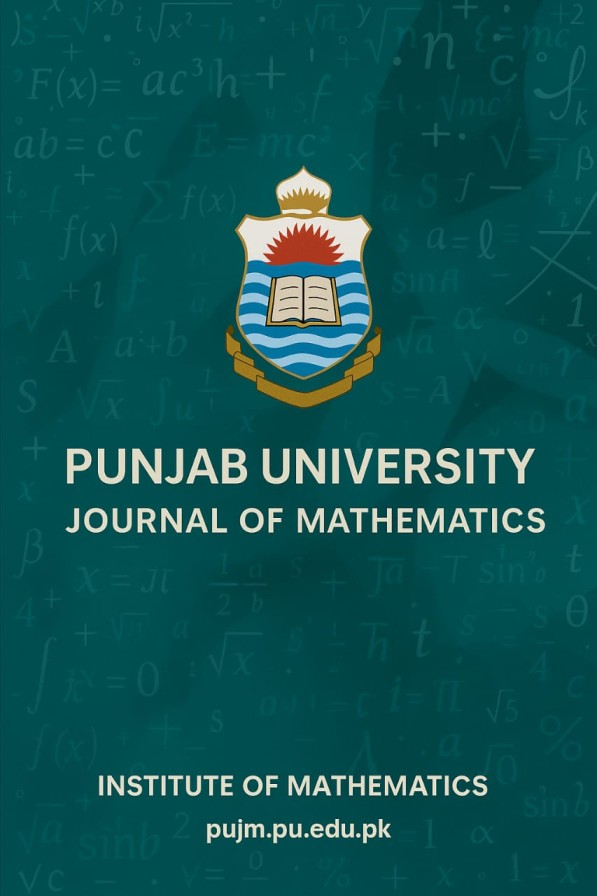The First General Zagreb Index of the Zero Divisor Graph for the Ring Zpqk
Abstract
Newly developed techniques have been recently documented, which capitalize on the security provided by prime power modulus denoted as N = p r q s where 2 ≤ s < r. Previous research primarily concentrated on the factorization of the modulus of type at minimum N = p 3 q 2 . In contrast, within the context of 2 ≤ s < r, we address scenarios in the modulus N = p 2 q (i.e. r = 2 and s = 1) still need to be covered, showing a significant result to the field of study. This work presents two factorization approaches for the multiple moduli Ni = p 2iqi, relying on a good approximation of the Euler’s totient function ϕ(Ni). The initial method for factorization deals with the multiple moduli Ni = p 2iqi derived from m public keys (Ni, ei) and is interconnected through the equation eid − kiϕ(Ni) = 1. In contrast, the second factorization method is associated with the eidi − kϕ(Ni) = 1. By reorganizing the equations as a simultaneous Diophantine approximation problem and implementing the LLL algorithm, it becomes possible to factorize the list of moduli Ni = p2iqi concurrently, given that the unknowns d, di, k, and ki are sufficiently small. The key difference between our results and the referenced work is that we cover a real-world cryptosystem that uses the modulus N = p2q. In contrast, the previous work covers a hypothetical situation of modulus in the form of N = prqs.
Downloads
Downloads
Published
Issue
Section
License
Copyright (c) 2024 Ghazali Semil @ Ismail, Nor Haniza Sarmin, Nur Idayu Alimon, Fariz Maulana

This work is licensed under a Creative Commons Attribution-NonCommercial-NoDerivatives 4.0 International License.


